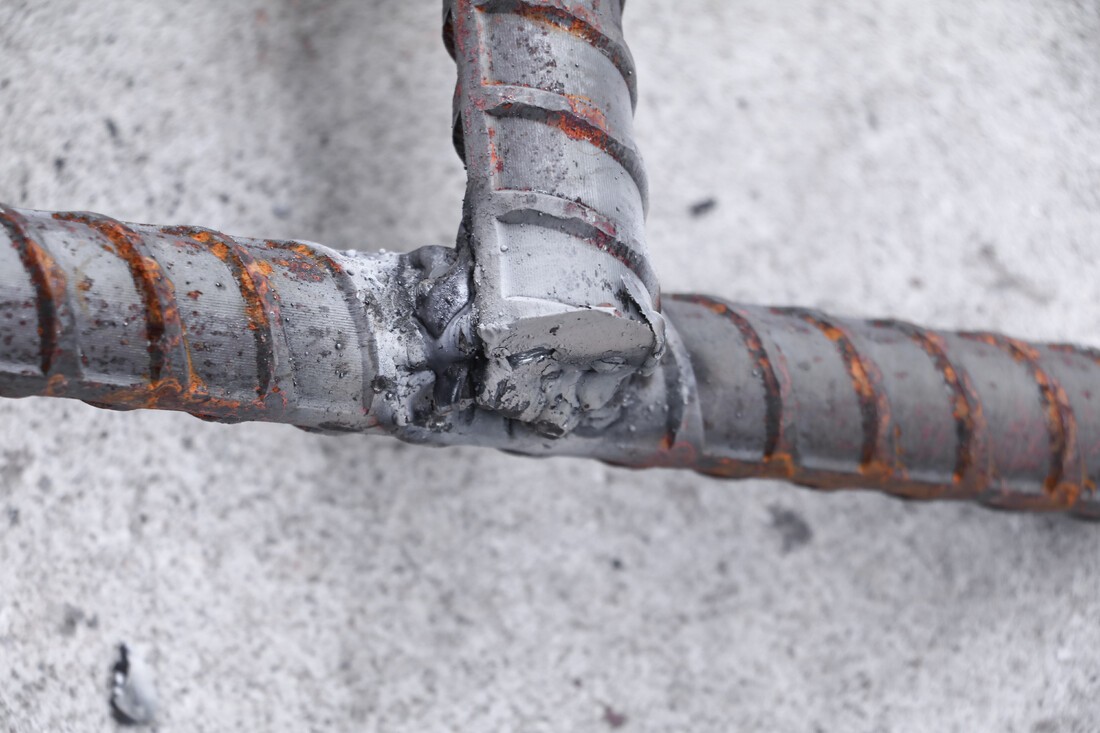
Introduction
Water damage can have severe consequences for wood structures, causing decay, mold growth, and structural instability. It is crucial to address water damage promptly to prevent further deterioration and restore the affected wood structures. This article will explore the various techniques, tips, and restoration processes involved in repairing water damage to wood structures.
Identifying Water Damage

Before initiating any repairs, it is essential to identify the extent of water damage in wood structures. Signs of water damage may include discoloration, softening of the wood, warping, or a musty odor. Inspect the entire structure thoroughly to locate all areas requiring repair.
Techniques for Repairing Water Damage
1. Remove the Source of Moisture
The first step in repairing water damage is to identify and eliminate the source of moisture. This may involve fixing broken pipes, repairing leaks, or addressing any other issues causing water intrusion. Without addressing the source, any restoration efforts will be ineffective.
2. Drying the Affected Area
Once the source of moisture has been resolved, it is crucial to dry the affected area thoroughly. Use fans, dehumidifiers, and specialized drying equipment to remove moisture from the wood structures. Efficient drying prevents mold growth and further damage to the wood.
3. Removing Damaged Wood
In cases where the water damage has caused significant deterioration, it may be necessary to remove the damaged wood. This process involves carefully dismantling the affected sections and replacing them with new, structurally sound wood.

4. Treating Mold and Mildew
If mold or mildew has developed due to the water damage, it is vital to treat these issues promptly. Use appropriate fungicides and antimicrobial solutions to eliminate mold and prevent its regrowth. Ensure the affected areas are thoroughly cleaned and sanitized.
5. Restoring the Structure
After the damaged wood has been removed and the area has been treated for mold and mildew, the restoration process begins. Depending on the severity of the damage, this may involve reinforcing the structure, replacing damaged components, or applying protective finishes to prevent future water damage.
Tips for Repairing Water Damage
1. Act Quickly
Addressing water damage promptly is crucial to prevent further deterioration and minimize repair costs. As soon as water damage is detected, take immediate action to identify the source, stop the water intrusion, and initiate the drying process.
2. Seek Professional Help
While minor water damage can be handled by homeowners, extensive damage may require professional assistance. For complex repairs or situations involving mold growth, it is advisable to hire a reputable water damage restoration company with expertise in wood structure repair.
3. Ensure Proper Ventilation
Proper ventilation is essential during the drying process to expel excess moisture from the affected area. Open windows, use fans, and consider utilizing dehumidifiers to facilitate airflow and accelerate the drying process.
4. Monitor Moisture Levels
Throughout the restoration process, it is crucial to monitor moisture levels to ensure the wood structure is drying properly. Use moisture meters or professional drying equipment to assess the moisture content and adjust the drying techniques accordingly.
Restoration Process for Water Damage to Wood Structures
The restoration process for water damage to wood structures typically involves the following steps:
1. Assessment and Planning
Expert technicians assess the extent of the water damage, identify the best restoration techniques, and develop a comprehensive plan to restore the wood structures.
2. Water Extraction
If there is standing water, it is crucial to remove it promptly to prevent further damage. Powerful pumps and extraction equipment are used to extract the water from the affected area.
3. Drying and Dehumidification
Specialized drying equipment, including dehumidifiers and air movers, are used to dry the wood structures thoroughly. The drying process may take several days, depending on the severity of the damage.
4. Mold Remediation
If mold or mildew is present, it is necessary to conduct thorough mold remediation. This involves removing mold-infested materials, sanitizing the area, and treating it with antimicrobial solutions to prevent regrowth.
5. Structural Repair and Restoration
After the wood structures have been dried and sanitized, any necessary repairs and restoration work are undertaken. This may involve replacing damaged wood, reinforcing the structure, and applying protective finishes to prevent future water damage.
6. Monitoring and Follow-up
Once the restoration process is complete, technicians monitor the moisture levels, assess the effectiveness of the repairs, and ensure the wood structures are fully restored and free from any potential water damage risks.
FAQ
How can I prevent water damage to wood structures?
Should I hire a professional water damage restoration company for wood structure repair?
Conclusion
Repairing water damage to wood structures requires careful assessment, prompt action, and proper restoration techniques. By addressing the source of moisture, drying the affected area, and employing repair and restoration methods, it is possible to restore wood structures and prevent further damage. Seeking professional help, when necessary, ensures the best results and minimizes the risk of complications such as mold growth.



